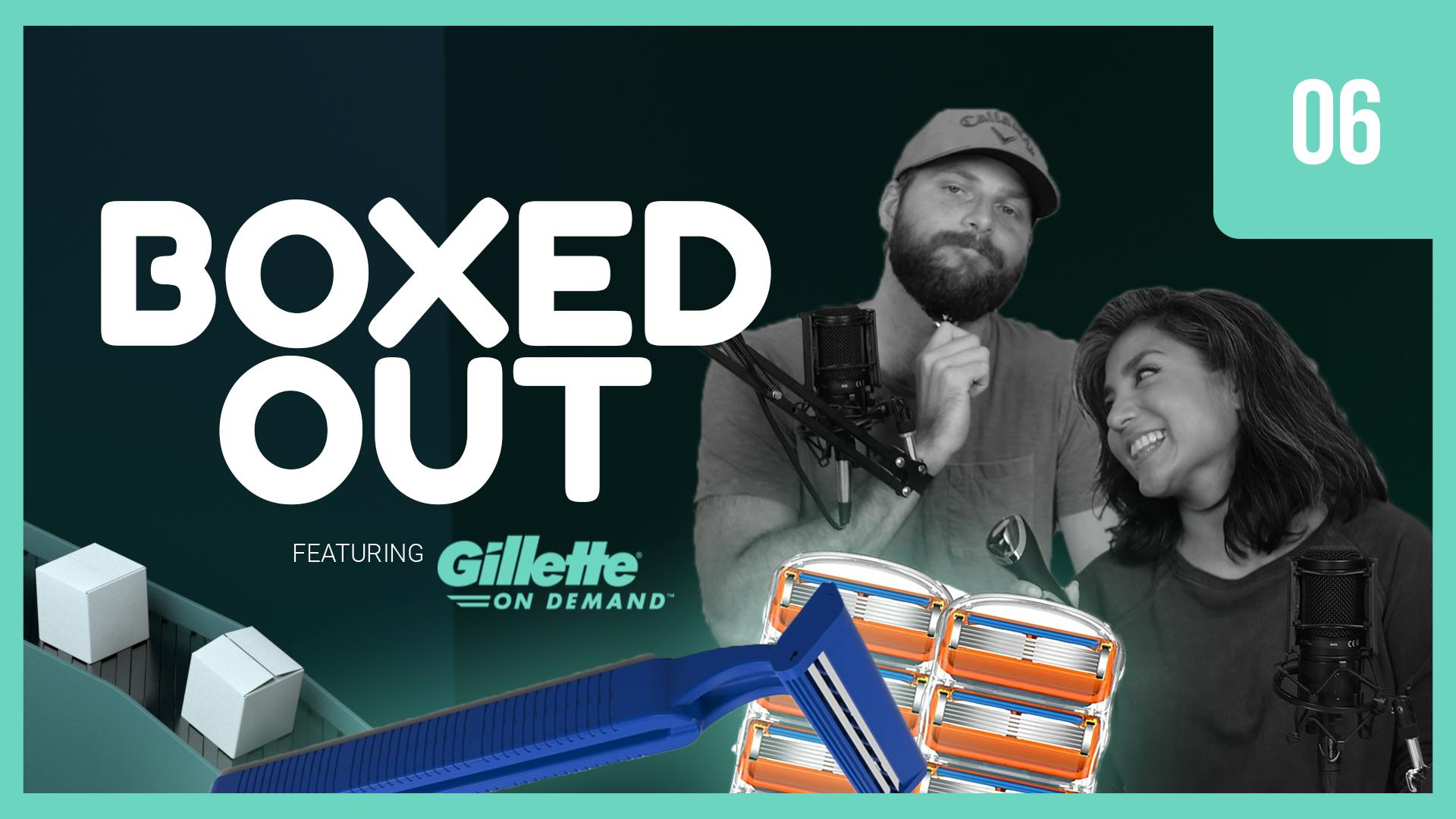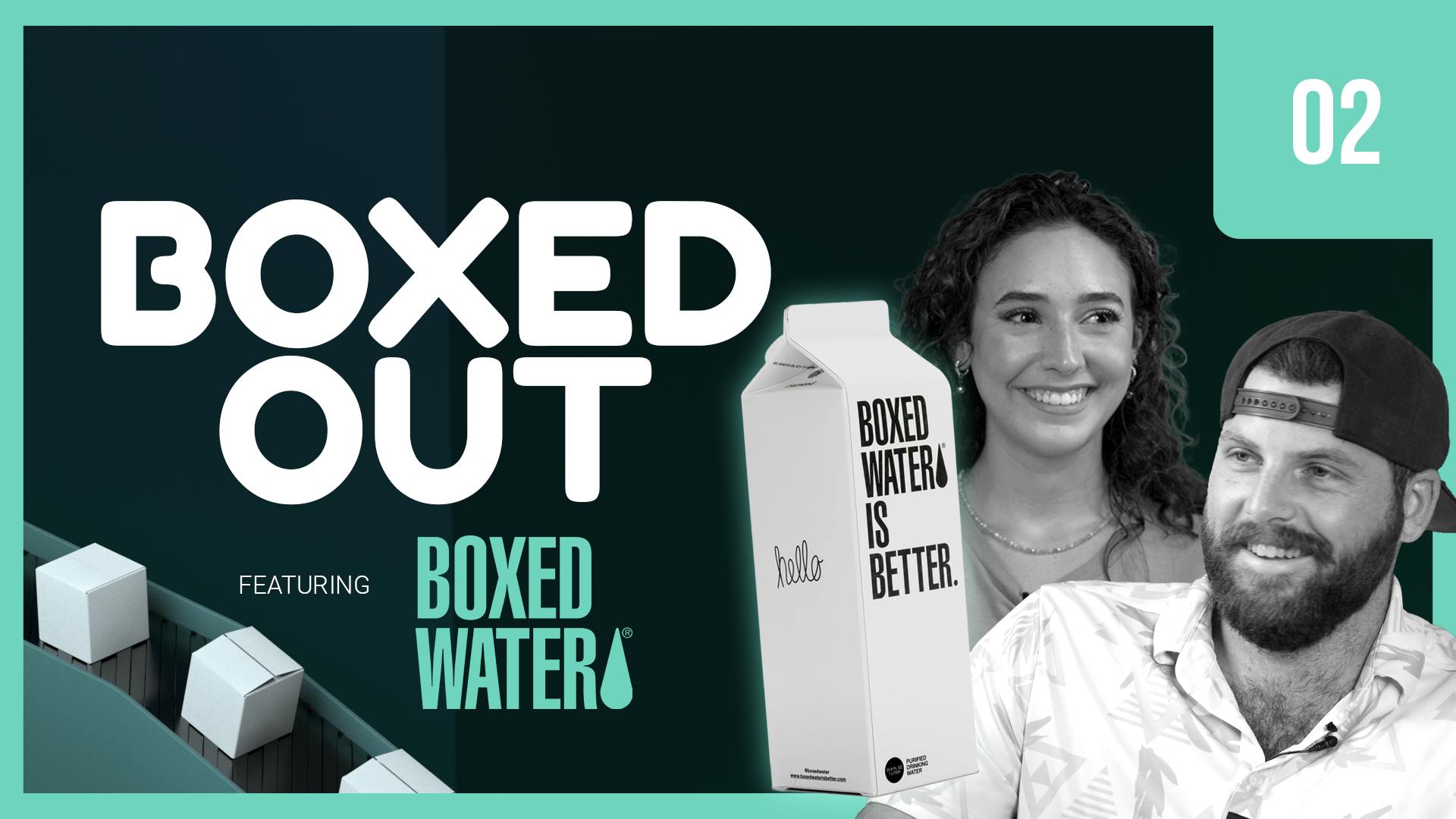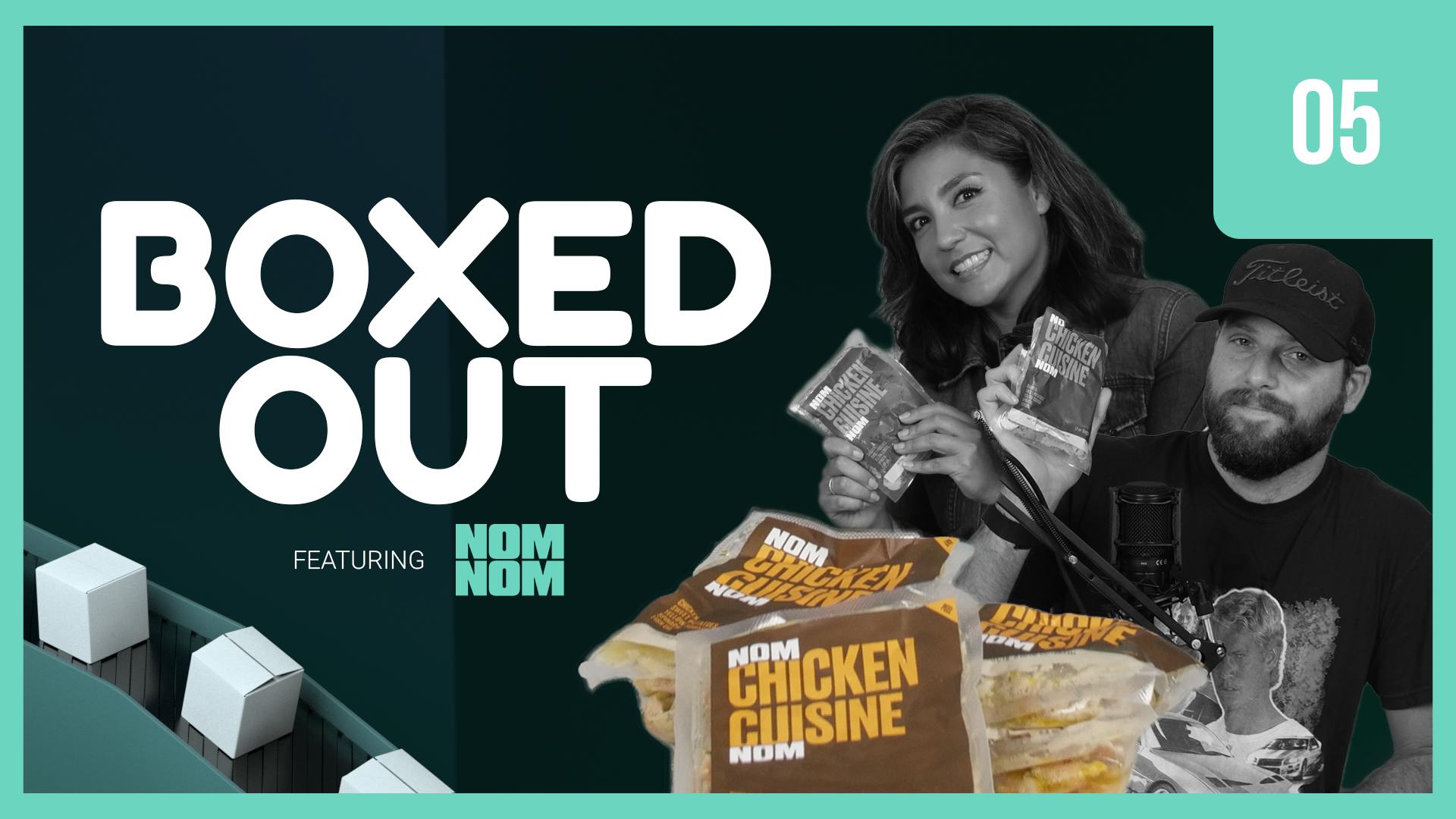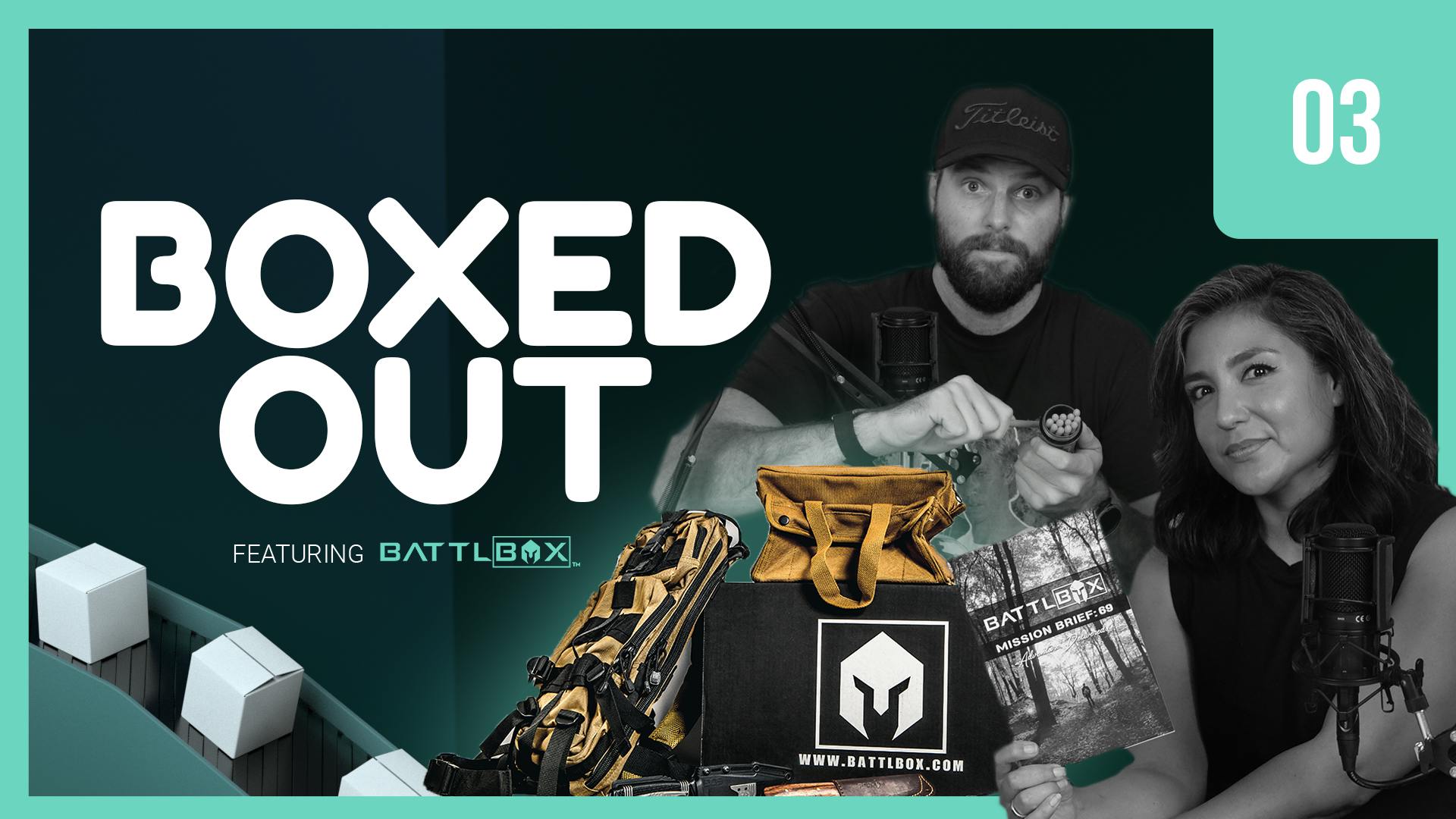
Is SmartyPants' Retention Nutritious Enough?
This episode might reference ProfitWell and ProfitWell Recur, which following the acquisition by Paddle is now Paddle Studios. Some information may be out of date.
Please message us at studios@paddle.com if you have any questions or comments!
Today we're talking about SmartyPants Vitamins, a company that's taken on the multi-billion dollar vitamins and supplements market by doing the foundational pieces of building a brand better than anyone else. We're going to learn how SmartyPants Vitamins used integrity and loyalty to their advantage and then we're going to jump into what they're doing great, and not so great, with their subscription retention strategy, wrapping it all up into a nice case study for improvements on your own DTC brand.
SmartyPants
Did you know that to become a doctor you only have to take one class in nutrition. Yet, guess what obesity, tooth decay, type-2 diabetes, high blood pressure, and basically all the health plights of modern society, have in common? Yea… poor nutrition. Luckily, we’re all becoming more aware of the importance of nutrients, vitamins, and minerals, which is good, but also bad, because if you’ve ever been down a vitamin aisle at a store you know it’s incredibly overwhelming and you don’t know who to trust.
This complexity in the vitamin market attracted Courtney Nichols Goul to leave the world of biometric anti-terrorism technology—another complicated industry to say the least—to the world of health and wellness. In 2011 she and her husband Gourdon Gould started SmartyPants Vitamins to develop a vitamins solution initially for children and then expanded to the whole family to get people on the right nutritious path. Oh, and the fact that it’s also a $31 billion market is pretty cool, too.
SmartyPants success in this intensely saturated market stems from two big themes:
First, SmartyPants committed to quality. There are a lot of, let’s just say “not reputable” supplement manufacturers. The Goulds saw this and understood consumers were more quality conscious than ever, so they leaned into supplying vitamins that were non-GMO, third-party lab tested and free of synthetic everything—no fake colors, artificial flavors, or sweeteners. Just no crap. They also focused on quality density, meaning with their vitamins you don’t need a bunch of pills. They’re broad nutrient base means it’s convenient to just take a low dose, which also saves you money.
This commitment to quality also leads to the second factor—winning over moms. The moms hold the keys to the castle when it comes to what their kids get, and frankly what gets bought for the whole family. Moms are a tough consumer though, so SmartyPants focused on this profile to make sure their messaging, product, and everything involved in their experience was geared toward choosy moms.
Mom friendly and quality doesn’t mean these nutrients are boring though. They’re the Christopher Nolan movie of vitamins. SmartyPants cracked the code to pack their vitamins with flavor and nutrients. With a wide variety to choose from, parents can love these healthy treats just as much as their kids.
The commitment to quality and moms certainly has given them a good chunk of the $31 billion vitamin industry, leading to parents and kids raving about them in thousands of happy customer reviews.
Smartypant's retention strategy
Though there is a lot to learn from SmartyPants, not everything's amazing about its retention strategy. Their retention needs a good amount of work—retention is key. Most brands don't focus on this aspect of their business enough.
Why is retention important?
Well, because you spend half your budget and time acquiring customers, but to be successful, you need to keep them. The beauty of the subscription model is that the relationship with the customer is baked directly into how you make money. If that customer is happy, they'll keep buying from you in the long term. If they're upset or not seeing the value, they'll cancel quickly.
Plus, money talks here. Those subscription ecommerce companies using the tactics we're going to talk about have 2x the customer lifetime value (LTV), 2x the average order value, and 3x higher growth rates, because they're not worried about plugging a leaky retention bucket.
To highlight the importance here, let's look through SmartyPant's retention strategy and break down what they're doing well, and not so well, so you can learn for your own DTC business.
Retention has three parts:
- Active churn, which are customers who are actively choosing to cancel your product.
- Expansion revenue, which are your existing customers that buy more product.
- Delinquent (or involuntary) churn, which are customers who's credit card or payment has failed, which sadly is one of the largest single buckets of where you're losing money.
SmartyPants' active churn:
When we look at SmartyPant's active churn, there are so many reasons why a customer may cancel. We want to make sure SmartyPants is not only setting up their customers for long-term retention in the initial purchasing process, but that they're also collecting information on why someone's cancelling, if they so happen to, in order to get a clean cycle of retention improvement.
The good:
SmartyPants is doing a lot of the basics right. They're easing us into a higher lifetime-value subscription through subscribe and save and then asking us how often we'd like to receive the product to ensure we don't end up getting too much and the subscription can continue.
The bad:
However, we wish SmartyPants contextualized the amount for us. Provide options like "taking every day" or "taking once per week," and then recommend which subscription we should have. Right now it's a little too focused on the bulk discount and not enough on the health aspect. Super users will likely know which amount they need, but you're still making customers do math, which causes a drop off in conversion and retention.
Frankly, the account creation process wasn't amazing either. It was very mechanical and asked for twice the information we've seen in other sign-up flows, none of which was information about my preferences that could lead to better email marketing and retention.
We also picked up a mechanical account vibe in their cancellation flows which weren't great, unfortunately. They just kind of let us leave without taking any information or trying to stop us. They didn't try to get us to pause the subscription or anything. It was just delete order and confirm, and that was it. What brands need to realize is that the subscription, even if it's subscribe and save, allows them to own the relationship with the customer. These checkout and cancellation flows acted more like someone optimizing for one-time purchases. With some small tweaks, SmartyPants could be doing so much better.
And if that doesn't convince you, we've found that those companies that properly offer up salvage offers and a clear off-boarding experience tend to save 15-30% more customers who go through a cancellation flow based on a study we completed on over 1,000 DTC subscription companies.
SmartyPants' expansion revenue prowess:
Let's look at SmartyPants's expansion revenue prowess. Expansion revenue is crucial, because your existing customers are more than willing to buy more from you. You just have to make sure to ask. Plus, those customers who have at least one add-on or additional purchase tend to have 18-54% higher lifetime value, meaning they're paying you more over the life of the subscription, but they're also sticking around longer, because they're more engrained within your product.
The bad:
SmartyPants didn't do much here. Once we got into the checkout flow we were just focused on completing the purchase and didn't get hit up for any type of upsell or anything. If we've made the commitment to purchase, don't be nervous to give us some light prodding to purchase more, especially if something you sell complements whatever we put in our cart already.
The good:
We did really like what they do with their SmartyPants SmartyPacks though. Essentially they're trying to get your whole family into a routine. We've seen a ton of success with supplement and vitamin brands bundling vitamins in this manner—including the dog. When you get the whole family on a routine it creates a wonderful retention cycle because the family members hold each other accountable and the average order value is higher because more product is involved.
SmartyPants' credit card failure flow:
Now let's talk about the sexiest topic in the world—credit card failures. We know you don't wake up sweating in the middle of the night thinking about credit cards—that's our job—but here's why we obsess over things like this: just under 40% of the customers that leave you are leaving you because of failed payments. To get these folks back, we want to make sure SmartyPants is treating these folks like a marketing channel, sending them messages before the point of failures, all the way to after the point of failure through email and text messages.
Room for improvement:
This is where SmartyPants could be doing so much better. They're doing the absolute basics in retrying the credit card. It looks like they retried the card four to five times and they did send us some basic emails that were plain text, which is what we like to see. Yet, we only received three emails when we'd likely want to get closer to five since each email will bring back more customers incrementally. We also would love to have seen some SMS notifications or even in-app notifications when we logged in to check out my account. Each channel incrementally helps boost that recovery rate further.
The other piece of the puzzle here is on the messaging. While the emails were pretty average in terms of the copy that we've seen, they were a little bill collector-y, explaining to us the mechanical nature of why credit cards failed. We'd rather have something much more marketing orientated, meaning remind me of why we should get my subscription back on track, but make sure we realize this isn't our fault, but that it still needs to be fixed.
Overall:
Based on what we're seeing, SmartyPants could double their recovery rate. We don't have perfect insight into their business, but that's likely hundreds of thousands of dollars, if not into the millions in customer lifetime value.
If we take a step back though, we think SmartyPants has a lot of work to do, but they should be commended for the brand they've built, which is obviously attracting customers. They just need to take that talent and apply it to the other areas of their business, because if they want to keep growing, they need to tighten up their retention.
Retention revamp
Let's walk through three big things we'd change immediately about SmartyPants' retention strategy, so we can all learn for our own brands.
First though, why do we feel we have any authority to even talk about this? Roughly 20% of the entire subscription market is using ProfitWell, so we're sitting on more data than anyone else. Simply put, we have the data to know what works and what doesn't, and we care more about this problem than anyone else out there.
Changes needed now:
Cancellation flow
We'd change the cancellation flow. Right now it's purely mechanical and doesn't ask us why we're cancelling, nor does it get in front of us with a salvage offer or some sort of pause plan based on the reason we give for cancelling.
The secret to reducing cancellation is understanding why a customer is cancelling so you can improve the experience and use the data to prevent further cancellations, but also to save that customer.
If they mark that they had a problem with support, then give them the address or phone number of support. If they said something around not seeing the value, give them a discount or offer to stick around for an extra month. You need something here.
Right now SmartyPants is missing out on keeping customers because they're doing nothing in these respects. They need to add a little bit of friction, not a lot, but enough to learn and save the customer.
- Onboarding and checkout flow
SmartyPants needs to highlight other products or their SmartyPacks in the onboarding and checkout flows. Right now there's no upsell or reminders about the other products unless you shop around. In old school ecommerce this was great, but in new school DTC you need to add some subtle call outs based on what they pick.If we put men's vitamins in my cart, show us the "his and hers" pack or the "family" pack, or maybe some one-off supplements. You've already worked so hard to get us there—use the signal of my purchase intent to sell us more to expand average order value and retention.Remember that those customer's with at least one add-on tend to have 18 to 54 percent higher lifetime value, based on a study we completed looking at 1.2 thousand DTC subscription brands. - Credit card failure process
SmartyPants needs a top-to-bottom overhaul of their credit card failures process. They're losing a lot of money by basically doing the bare minimum. They need four to five plain text emails that go out in a drip after they realize the card's declined. They need SMS messages, they need to recognize and message expired credit cards, and they need to allow users to update their payment information without logging in. It's hard to get deep on any one thing because they need everything.
We also noticed the most egregious errors in their emails. They don't even give you a link to click through and go to your account to update your payment information. Maybe they think calling is better, but most people today would rather click through and update their information via mobile rather than get on the phone with someone. Either way, lots to do in order to improve SmartyPants's recovery rates and revenue here.
Who's up next?
Next week we're going into the world of feminine hygiene, which is not only a multi-billion dollar industry, but it's one that hasn't really had any innovation apart from unfair taxes until the last couple of years. The DTC brand we'll be digging into is Lola, which has a phenomenal tampon and pad subscription, in addition to selling other products. We'll see what they're doing well and not so well, so be sure you subscribe to boxed out and tell your friends so we can get this knowledge into the hands of as many people as possible.





